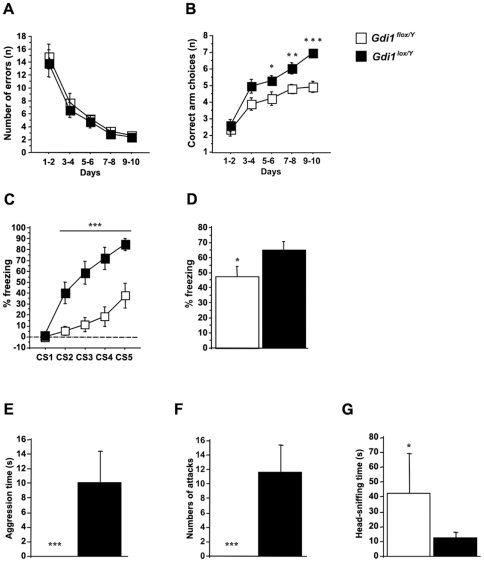Figure 4. Gdi1flox/Y mice showed impaired working and associative memory and overfriendly behavior.
(A–B) Gdi1flox/Y (n = 14) and Gdi1lox/Y (n = 12) mice were tested for 10 days in Radial Maze as described in Materials and Methods. (A) Mean number of errors until eight correct choices were made. (B) Learning performance expressed as the mean number of correct arm choices before the first error. Data points represent the mean ± SE. Black squares are Gdi1lox/Y animals and white squares are Gdi1flox/Y. (C–D) Gdi1flox/Y (n = 15) and Gdi1lox/Y (n = 15) animals were tested in trace fear conditioning. (C) Average percentage of freezing displayed during each 15 seconds of CS presentation, during the training session. Data points represent mean freezing ± SE. Black squares are Gdi1lox/Y animals and white squares are Gdi1flox/Y. (D) Average percentages of freezing during the context memory test. (E–F–G) Gdi1flox/Y (n = 10) and Gdi1lox/Y (n = 10) mice were tested in the resident intruder test. (E) Cumulative duration of the offensive attacks. (F) Total number of attacks. (G) Cumulative duration of the time spent sniffing the snout area of the intruder. The histograms represent the mean ± SE. *p<0.05, **p<0.01, ***p<0.001.

